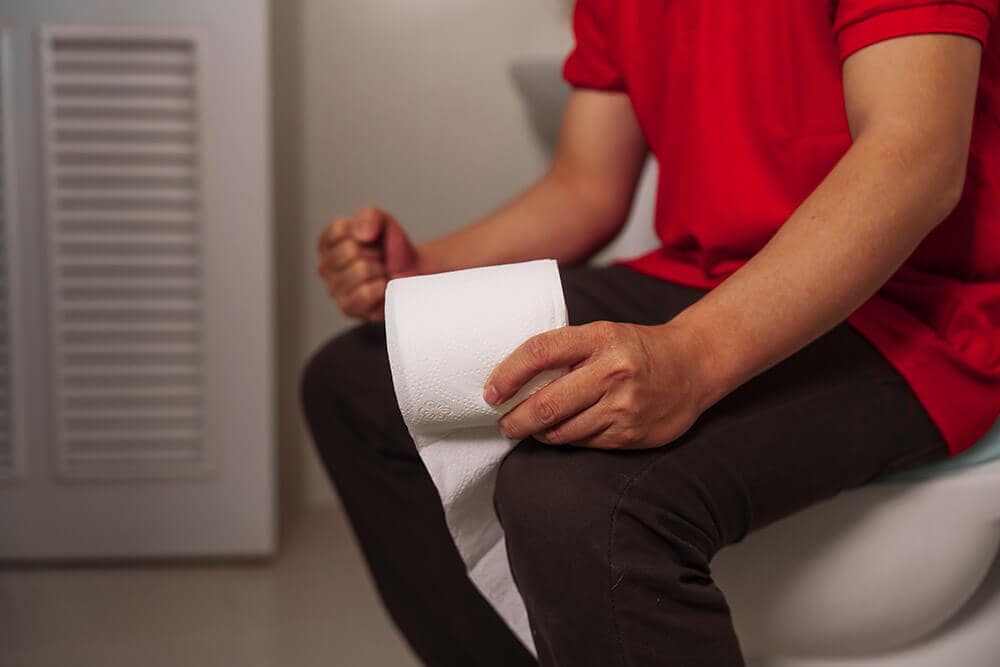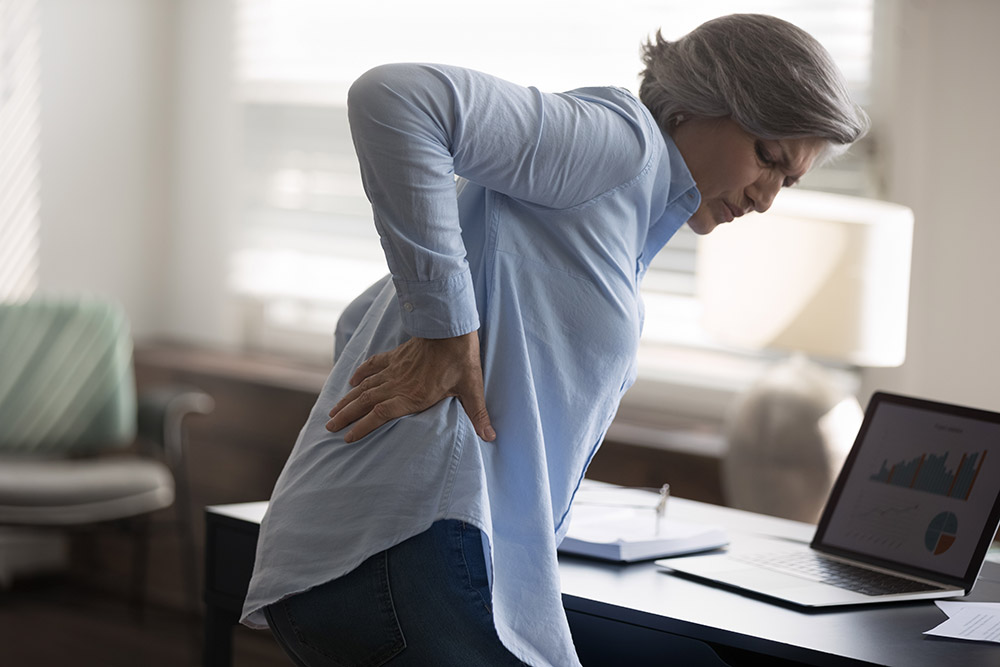How Dr. Rishi Diagnoses Epigastric Pain?
Dr. Rishi Chadha uses a step-by-step approach:
Medical History and Exam
He reviews your symptoms, digestive history, medication and alcohol use, smoking status and any risk factors. A gentle abdominal exam helps pinpoint areas of tenderness or swelling.
Blood Tests
Laboratory work checks your complete blood count, liver and pancreatic enzyme levels, and screens for inflammation or infection.
Imaging Studies
- Abdominal ultrasound to evaluate the liver, gallbladder and pancreas.
- Upper endoscopy (EGD) to visualize the esophagus, stomach and duodenum for ulcers or gastritis.
Advanced Testing (if needed)
If the diagnosis remains unclear, he may order CT or MRI scans, an H. pylori breath test, gastric emptying study or other specialized procedures.
Frequently Asked Questions
What is the ICD-10 code for epigastric pain?
The code is R10.13. It's used for upper middle belly pain.
What causes pain after eating?
This often comes from acid reflux, peptic ulcers, or gallbladder issues.
When should I see a doctor?
If pain lasts more than 24 hours or comes with fever, vomiting, or blood in stool or vomit.
How does Dr. Chadha diagnose it?
He reviews your medical history, performs a physical exam, and may order tests like blood work, ultrasound, or endoscopy.
Can lifestyle changes help?
Yes. Eating smaller meals, avoiding triggers (spicy/greasy foods), quitting smoking, and reducing stress can ease symptoms.
Are there non-drug options?
Yes. Diet modifications, stress management techniques, and avoiding alcohol or NSAIDs can provide relief.
How soon will I feel better?
Most patients notice improvement within days to weeks, depending on the underlying cause and treatment.
Is endoscopy safe?
Yes. Dr. Chadha uses a gentle, sedated approach for comfort and safety during the procedure.
Do you treat H. pylori?
Yes. We test for H. pylori and prescribe targeted antibiotics if the bacteria is present.
What should I bring to my visit?
Please bring your health records, a list of current medications, and notes on your symptoms and their timing.











